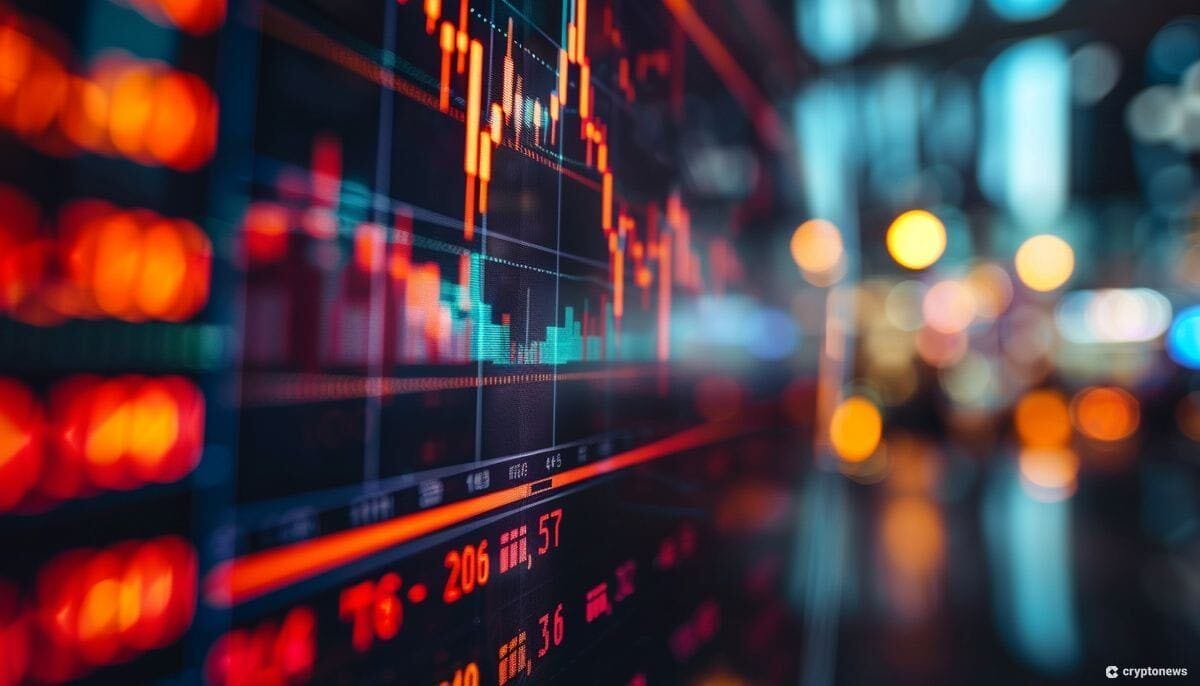Europe is poised to dominate the global cryptocurrency trading market, with a CoinWire study forecasting a surge in trading volume to over $108 trillion by the end of 2024. This represents a significant increase of 90% from 2022 levels, indicating a period of explosive growth for the industry. While the United States is expected to lead in individual country trading volume, Europe is emerging as a major player, accounting for 37.32% of global cryptocurrency transactions. The region’s trading volume is projected to reach $40.5 trillion in 2024, a substantial increase from $15 trillion in 2022.
Europe’s rise in the crypto market can be attributed to its proactive approach to regulation. The introduction of the Markets in Crypto-Assets Regulation (MiCA) in 2020 and subsequent implementation in 2023 has provided clear guidelines for the cryptocurrency industry in the EU. Additional regulations for crypto asset service providers are also set to be put in place, further solidifying Europe’s position as a leader in crypto regulation. This favorable regulatory environment has contributed to Europe’s increasing dominance in the global cryptocurrency trading landscape.
In terms of geographic distribution, Asia closely follows Europe with 36.17% of global cryptocurrency transactions. A study on top centralized exchanges on CoinGecko revealed that Binance leads the market in over 100 countries, boasting a trading volume of $2.77 trillion. Other major exchanges such as OKX, Cex.io, Coinbase, and Bybit also hold significant market shares in various countries, further contributing to the global reach of cryptocurrency trading platforms.
Looking ahead, recent market trends and dynamics provide valuable insights into the future of cryptocurrency. CoinEx Research’s report on June crypto trends noted Bitcoin’s range-bound trading behavior and steady ETF inflows, suggesting a maturing market amidst global economic uncertainties. The anticipation of Ethereum’s ETF approval has driven market sentiment, although concerns about gas prices and on-chain activity raise questions about the network’s immediate future. The launch of layer-2 solutions like ZKSync and Blast on Ethereum aims to address scalability issues and ensure long-term viability.
Solana’s recovery after a brief dip below $138 highlights the market’s responsiveness to institutional interest, exemplified by the filing for the first spot Solana ETF by VanEck. These developments, coupled with the projected increase in global trading volume, signal a changing landscape for the cryptocurrency market. As Europe continues to lead in crypto trading volume and regulatory clarity, the region is well-positioned to shape the future of the industry and solidify its position as a powerhouse in the global cryptocurrency market.











